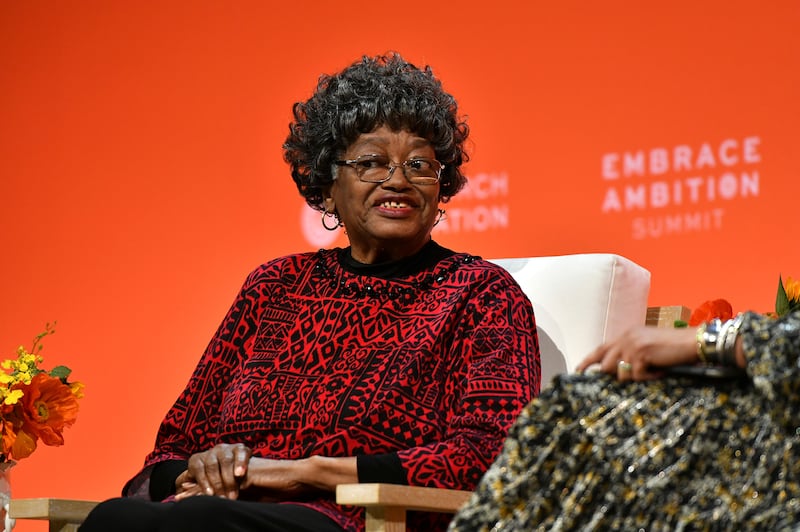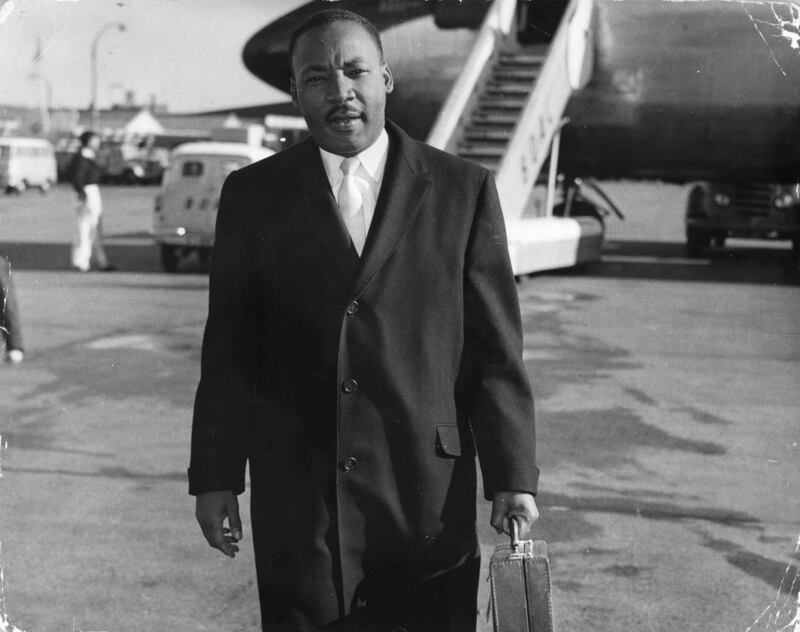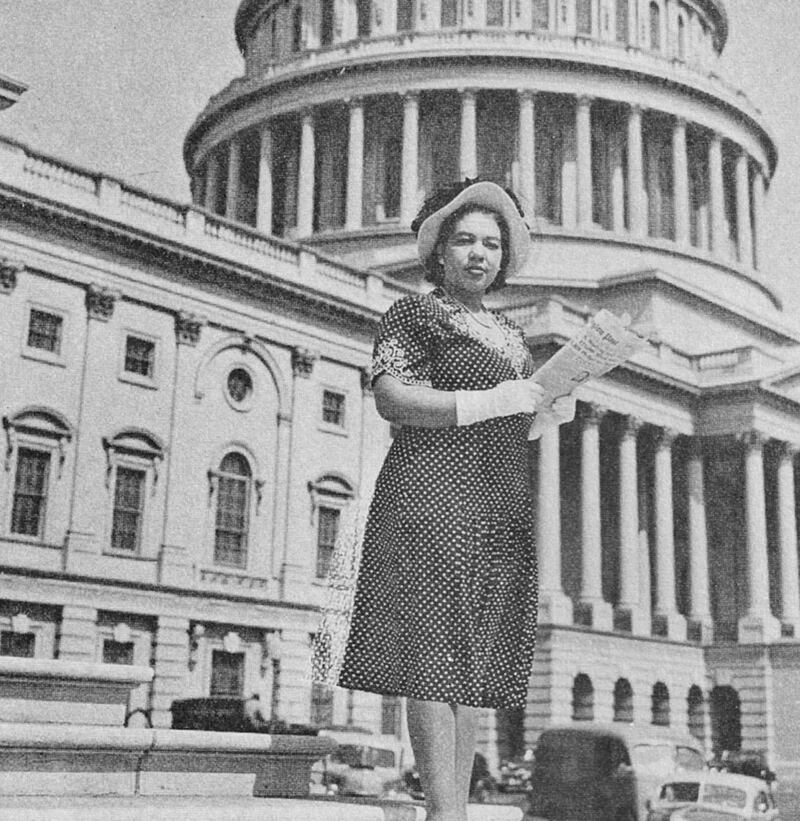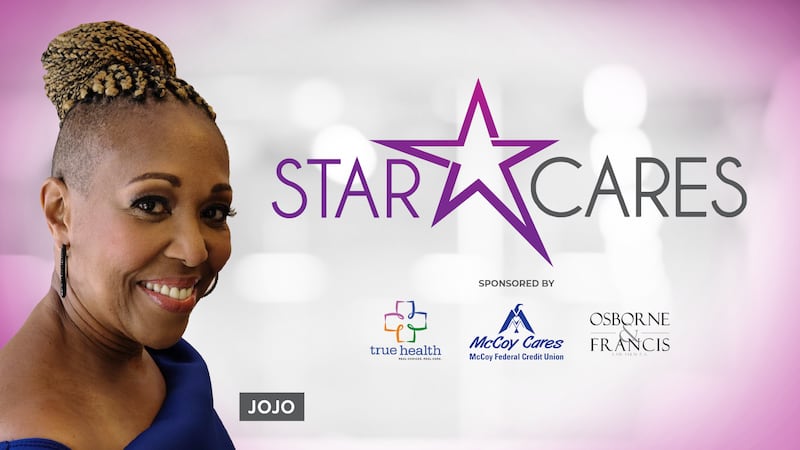February is National Black History Month. While we all know the memorable, historic events celebrated this month like the famous “I Have a Dream” speech by Dr. Martin Luther King, Jr. & the courageous stories of The Underground Railroad - these are only a few of the significant and important events to know and remember. What we’ll highlight are the numerous events and figures that are often overlooked during it. What follows is a list of some of those “lesser known” moments and facts in Black history.

First there was Claudette Colvin. Then, there was Rosa Parks.
When most people think of the first person to refuse to give up their seat on a bus, they think of Rosa Parks. While what Parks did was obviously heroic, there were actually several women who came before her; one of whom was Claudette Colvin.
It was March 2, 1955, when the fifteen-year-old school girl refused to move to the back of the bus, nine months before Rosa Parks’ stand that launched the Montgomery bus boycott. Claudette had been studying Black leaders like Harriet Tubman in her segregated school, those conversations had led to discussions around the current day Jim Crow laws they were all experiencing. When the bus driver ordered Claudette to get up, she refused, “It felt like Sojourner Truth was on one side pushing me down, and Harriet Tubman was on the other side of me pushing me down. I couldn’t get up.”
— PBS.org

Martin Luther King Jr.’s “I have a dream” Speech was improvised
The night before Dr. King gave his famous “I have a dream” speech to 250,000 American’s at the Lincoln Memorial, MLK was working on a more political, less historic speech. This original speech did not include any reference to dreams at all. But once he was up on that podium and gave the famous line, “we are not satisfied, and we will not be satisfied until justice rolls down like waters and righteousness like a mighty stream,” he transformed his speech into a sermon.
Onstage near Dr. King, singer Mahalia Jackson reportedly kept saying, “Tell ‘em about the dream, Martin,” and while no one will know if he heard her, it could likely have been the inspiration he needed. Dr. King then continued, “Even though we face the difficulties of today and tomorrow, I still have a dream. It is a dream deeply rooted in the American dream….” And then the famous Baptist preacher preached on, adding repetition and outlining the specifics of his dream. And while this improvised speech given on that hot August day in 1963 was not considered a universal success immediately, it is now recognized as one of the greatest speeches in American history.
— PBS.org

Esther Jones was the real Betty Boop
Betty Boop, the iconic cartoon character, was inspired by a black jazz singer in Harlem by the name of Esther Jones. While there has been controversy over the years, the inspiration has been traced back to Esther Jones who was known as “Baby Esther” and performed regularly in the Cotton Club during the 1920s. Helen Kane, a then-popular white singer, was also an inspiration for the character. Kane found herself at the Cotton Club in 1928.
Baby Esther’s trademark vocal style of using “boops” and other childlike scat sounds attracted the attention of actress Helen Kane during a performance in the late 1920s. After seeing Baby Esther, Helen Kane adopted her style and began using “boops” in her songs as well. Finding fame early on, Helen Kane often included this “baby style” into her music.
— PBS.org

Mary W. Jackson was crucial to getting Americans into space
In the 1960s, astronauts Alan Shepard, Gus Grissom, John Glenn and others absorbed the praise for being the first men in space. Behind the scenes, they were supported by hundreds of lesser known NASA workers, including “human computers” who did the calculations for their orbital trajectories. One of those humans computers was engineer, Mary W. Jackson. Jackson was a mathematician and aerospace engineer who went on to lead programs influencing the hiring and promotion of women in NASA’s science, technology, engineering, and mathematics careers.
Mary W. Jackson was part of a group of very important women who helped NASA succeed in getting American astronauts into space. Mary never accepted the status quo, she helped break barriers and open opportunities for African Americans and women in the field of engineering and technology.
— NASA Administrator Jim Bridenstine

Alice Dunnigan was the first female African American White House correspondent
Born in 1906 Dunnigan was the first female African American White House correspondent in a time when the nation was still largely segregated. She began her career covering presidential press conferences. She was also granted press credentials to cover Congress, the Supreme Court, and the State Department. That same year, she became the first African American woman on a presidential tour and the only black reporter to cover President Harry S. Truman’s famous whistle-stop train tour.
She endured many indignities including going three years straight without President Dwight D. Eisenhower calling on her for a single question. The dry spell was broken when JFK called on her only eight minutes into his first press conference. Today Dunnigan is considered a groundbreaker in the field of journalism.
— Reader's Digest
Cox Media Group





